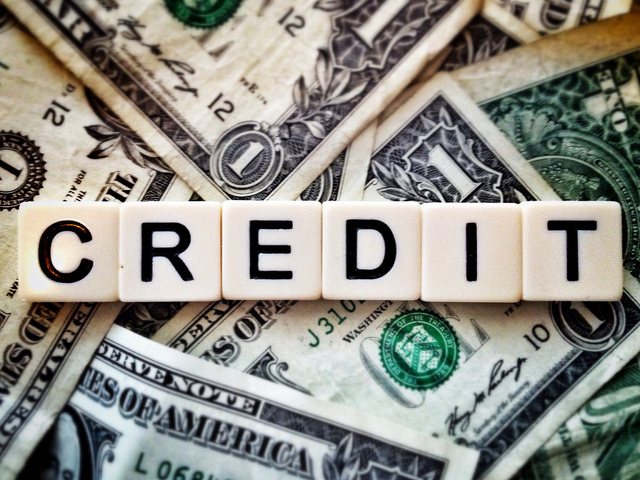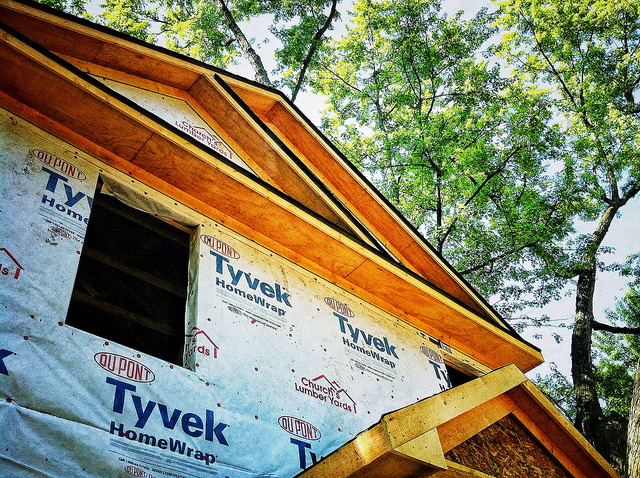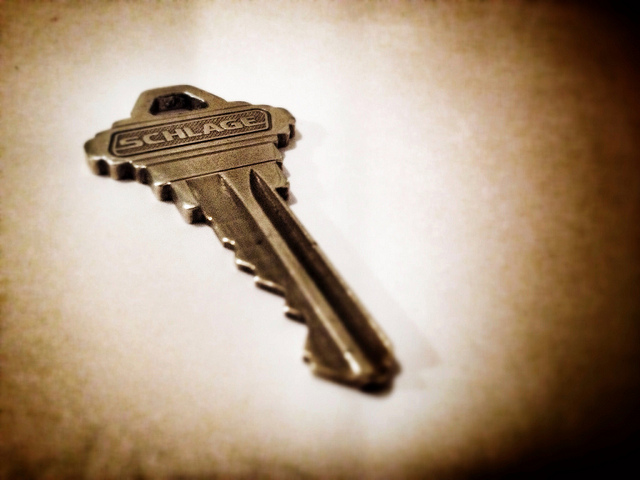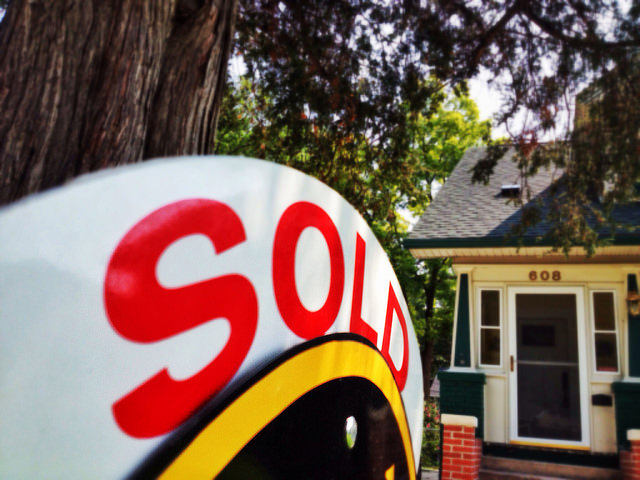Fannie Mae’s Home Purchase Sentiment Index measures Americans’ perceptions of the housing market, including whether they feel it’s a good time to buy or sell a house and their expectations for home prices and mortgage rates over the next year. In September, the Index found consumers are more secure in their jobs and more likely to feel now is a good time to enter the market. “The HPSI returned near its record high this month, driven primarily by improvement in attitudes about selling a home and strengthening home prices,†Doug Duncan, Fannie Mae’s senior vice president and chief economist, said. “With consumers’ expectations for rental price increases continuing to outpace their expectations for home price growth, many consumers may view homeownership as a more attractive option.†In fact, 64 percent of respondents said they felt like it was a good time to buy a house. Also in the report, the vast majority of Americans say they don’t fear losing their job and nearly a third reported that their household income has gone up significantly over the past year. The combination of increasing financial security and an attractive environment for potential home buyers and sellers indicates that the housing market should see continuing gains in the months ahead. More  here.










